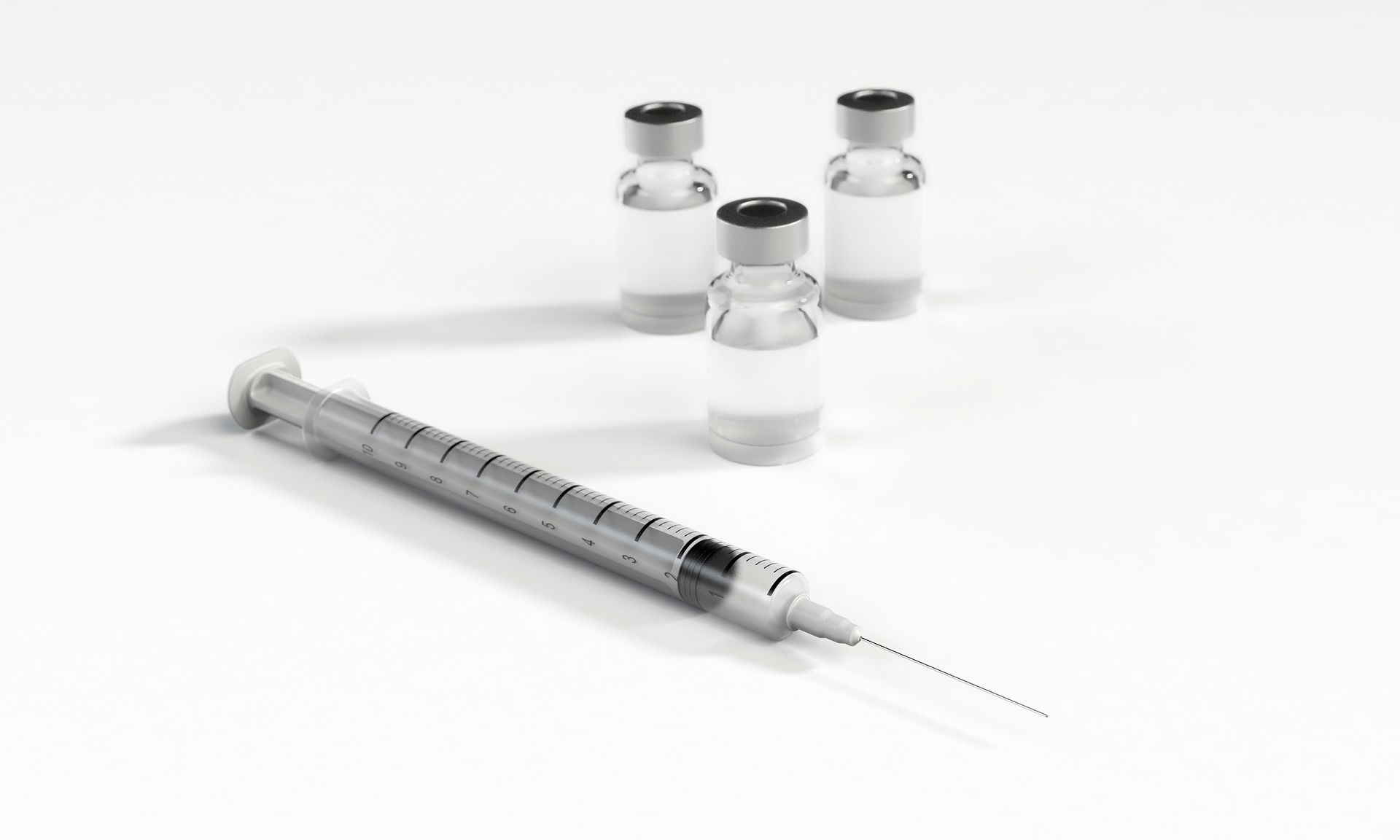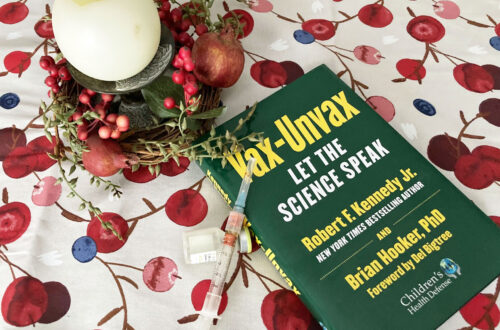In the 1960s and early 1970s many babies were sacrificed to produce the rubella vaccine. Hysterotomy was performed on women who chose to have an elective abortion in order to provide fetal tissue. The research took place over a period of years.
This rubella vaccine (included in the MMR) was approved in the U.S. by the FDA in 1979. The approval was based on study groups, comparing 3 different preparations of the live attenuated rubella virus for effectiveness. The 834 children receiving the MMR were followed for 42 days. Just 42 days to assess the safety for administering to all toddlers.
Why was there such a dramatic efforts to develop this vaccine? In 1964-65 there was an epidemic of rubella in the U.S. that caused birth defects in pregnant women. Dr. Stanly Plotkin isolated the rubella virus from aborted fetal tissue.
Scientific research was devoted to producing a vaccine. The first vaccine was developed from kidney cells from a monkey. But a couple of researchers at the Wistar Institute in Pennsylvania were pursuing a vaccine that could be grown on human cells.
For the initial research the Wistar Institute received dissected tissue from 19 elective abortions done in Sweden. Finland was also participating in the research (35 women had abortions by hysterotomy for one study).
Timo Vesikari wrote about his part in rubella research. in late 1966, I was incredibly lucky to meet Antti Vaheri (later Professor of Virology) who had just returned to Finland from the Wistar Institute in Philadelphia with all the latest knowledge in rubella research . . . An important open question was whether the live attenuated vaccine would cross placenta same way as wild type rubella virus. The crucial study was to be done in Finland, away from potentially damaging publicity in the US, with Dr. Fred Robbins, a Nobel Laureate, as the godfather of the project. Under the seniors I was to do much of work: vaccinate pregnant women prescreened to be seronegative for rubella and scheduled to have a legal abortion a week or two later. The plan was to isolate rubella (vaccine) virus from the products of conception and, in fact, we succeeded in doing that.
A healthy pregnancy of a married couple was selected by Dr. Sven Gard for the abortion–the female fetus that would provide the line of cells, WI-38, for the rubella vaccine.
This vaccine developed off of aborted fetal cells is part of the measles-mumps-rubella vaccine. The hysteria about the measles has renewed public controversy over the MMR. Even though there is no current concern about rubella, this combination vaccine is the only one available for the measles in the U.S.
Years of research and a multitude of abortions led to the rubella portion of the vaccine. Researchers have a lot invested in this vaccine. Perhaps too much invested?
The concern about rubella was the possible effect that the virus could have on a developing fetus–effects on the heart, eyes, brain–multiple organs. There was great concern about the effect on a growing fetus.
You would expect that there would be similar concern about the possible effects of the live attenuated vaccine on a toddler. At 15 months a child’s immune system is still developing.
In 1979 the FDA approved the combined vaccine for all children based on study groups that inoculated healthy children, age 10 months to 8 years, with three different forms of the rubella vaccine. The focus was on the effectiveness of the vaccine. Children that participated in the study could not have an allergy to eggs or chicken and had to be free of a sensitivity to neomycin.
834 healthy children of various ages were given the MMR vaccine. Some of the children developed fevers and a variety of complaints. They were followed for 42 days and no more–even though some continued to have symptoms. The usual phase III of clinical trials lasts much longer.
The documentation of the studies done during a 4 month period in 1978 were obtained by RFK jr. and Del Bigtree via a FOIA request. You can access the study here.
The controversy over the MMR vaccine remains today because parents are observing side effects in their children that are not being acknowledged by the medical community.
In 1986 Congress passed a law to prevent any law suits against the pharmaceutical companies when a child was injured by a vaccine. No lawsuits, no investigation, no discovery. The only recourse that a parent has is to petition the vaccine court (which is conducted by the federal government). If a parent can supply sufficient documentation of death or disability due to the vaccine, the parents receive a payment from the government. To date the vaccine court has paid out more than 4 BILLION dollars.
Dear reader, please understand that there are legitimate spiritual and medical concerns about the MMR vaccine. In addition to adequate safety testing for pharmaceutical products, informed consent, discussion of risks and benefits of any medical procedure, and religious liberty must be part of health care.
Leiva, Rene M.D. “A Brief History of Human Diploid Cell Strains” National Catholic Bioethics Quarterly 6.3 (Autumn 2006), 443-451
Vaheri, Antti; Oker-Blom, Nils; Vesikari, Timo; Seppala, Markku “Isolation of Attenuated Rubella-Vaccine Vaccine Virus from Products of Conception and Uterine Cervix” New England Journal of Medicine 286(20) 1071-4. June 1972
Vesikari, Timo “From Rubella to Rota Virus, and Beyond” Human Vaccines and Immunotherapies; 11(6): 1302-1305. June 2015
Department of Health, Education and Welfare, Public Health Service, Food and Drug Administration. Reference Nos 76-316, 77-303, 77-304
photo courtesy of Arek Socha at pixabay.com





